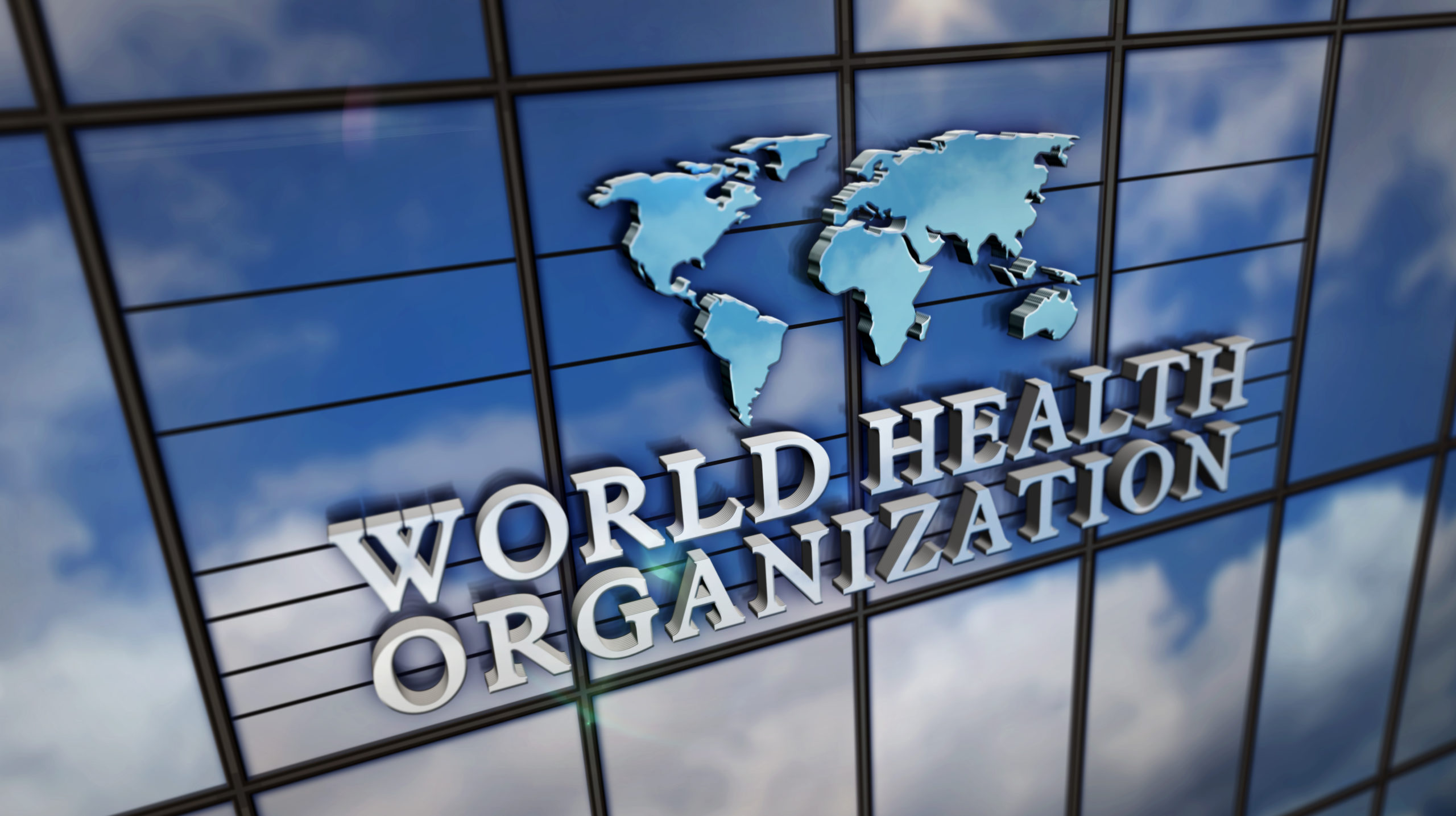
In 2020, the World Health Organization (WHO) identified a worldwide lack of acknowledgment or coordination with regard to fungal diseases.
This is concerning as infectious fungal diseases, or IFD, have been steadily increasing in prevalence. This phenomenon is the product of rising antibiotic resistance as well as an increase in the overall immunocompromised population.
Additionally, over the last two years, the COVID-19 pandemic frequently exacerbated fungal infections associated with…
- Aspergillosis
- Mucormycosis
- Candidemia
Thus, in 2022, the WHO published its fungal priority pathogens list, or FPPL, to address the lack of fungal priority in public health.
What is the WHO FPPL?
To create the FPPL, the World Health Organization collaborated with medical and public health professionals from around the world who specialize in mycology.
Their overarching goal was to develop a list of the 19 fungal pathogens that were the most concerning in terms of public health so that they could design more comprehensive control and prevention strategies. This would include the development of medication-based treatments.
Currently, there are four primary antibiotic medications used to treat patients, with several more under development.
However, the medical field — and its patients — remain challenged in that the available medications often invoke adverse reactions in patients and/or react poorly when interacting with other drugs. Additionally, they are often difficult for patients to obtain based on affordability.
Thus, the FPPL would also directly impact the pipeline of antibiotic treatments, given the rise in antibiotic-resistant fungal pathogens and the increasing need for accessible treatment solutions.
How Was the FPPL Developed?
Using the multicriteria decision analysis (MCDA) approach, the WHO began to collect data in order to establish the FPPL rankings.
To achieve this, WHO leaders performed two surveys across several countries and regions:
- A survey involving 376 experts where the 19 pathogens were listed and ranked on 10 different assessment criteria. They were weighted according to perceived research and development priority.
The ten criteria were as follows:
1- Deaths
2 – Annual incidence
3 – Current global distribution
4 – Trends in the last 10 years
5 – Inpatient care
6 – Complications and sequelae
7 – Antifungal resistance
8 – Preventability
9 – Access to diagnostic tests
10 – Evidence-based treatments
- A survey involving 49 experts where each pathogen was ranked according to the individual’s perception of its public health importance. This survey also involved a question wherein respondents weighed unmet research and development needs versus public health importance.
Following the completion of these surveys, the results were combined to formulate the final FPPL ranking/list.
The final WHO FPPL list is organized in three categories:
- Critical Group
- Cryptococcus neoformans
- Candida auris
- Aspergillus fumigatus
- Candida albicans.
- High Group
- Nakaseomyces glabrata (Candida glabrata)
- Histoplasma spp.
- Eumycetoma causative agents
- Mucorales
- Fusarium spp.
- Candida tropicalis
- Candida parapsilosis
- Medium Group
- Scedosporium spp.
- Lomentospora prolificans
- Coccidioides spp.
- Pichia kudriavzeveii (Candida krusei)
- Cryptococcus gattii
- Talaromyces marneffei
- Pneumocystis jirovecii
- Paracoccidioides spp
A comprehensive summary of all 19 fungal pathogens can be found HERE.
How Will the FPPL Be Utilized Moving Forward?
“The WHO FPPL is the first global effort to systematically prioritize fungal pathogens, considering their unmet R&D needs and perceived public health importance,” according to the World Health organization.
And as a result of the systematic review of the FPPL, experts identified the following key findings:
- Public health is often prioritized over unmet research and development needs.
- Antifungal resistance remains a top priority.
- There are major gaps on a global scale with regard to both antifungal resistance and “the burden of the fungal infections,” particularly as it pertains to morbidity.
- The distribution and epidemiology of fungal pathogens — in addition to antifungal resistance — vary by region.
Consequently, the WHO divided its proposed priority actions into a three-pronged approach:
- Surveillance — Identify emerging IFD trends so that experts may evaluate and respond appropriately. This involves increasing both diagnostic and response capacities, adjusting research and development methods by region, reducing the rate at which unnecessary antifungal/antibiotic treatments are prescribed, and more.
- Public Health Interventions — Utilize evidence-based guidance to prevent and control both fungal disease and antimicrobial resistance. This would involve incorporating enhanced fungal training in the medical and public health fields, modifying existing systemic responses in medicine, increasing collaboration across relevant professions, and more.
- Research and Development and Innovation — Reallocate funds and resources to better close the worldwide knowledge gap regarding IFD. This would involve developing new antifungal agents/medications, incorporating new clinical care strategies into existing healthcare systems, pursuing collaborative research partnerships, and more.
Now that the World Health Organization has developed and published a comprehensive FPPL, contractors and remediators working in both public and private sectors will be better equipped to stay ahead of fungal emerging trends.
Particularly as these individuals — who often play an important role in enhancing public health — may be some of the first to come into contact with hazardous fungal pathogens, this research will also enhance the medical treatment they may receive in the near future.
To read the WHO fungal priority pathogens list to guide research, development, and public health action, click HERE.


